The greatest cultural accomplishments in history have never been the result of the brainstorms of marketing men, corporate focus groups, or any homogenized methods; they have always happened organically. More often than not, these manifestations have been the result of a few like-minded people coming together to create something new and original for no other purposethan a common love of doing it. In the 1990s, a loose-knit group of American artists and creators, many just out of their teens, began their careers in just such a way. Influenced by the popular underground youth subcultures of the day, such as skateboarding, graffiti, street fashion and independent music, artists like Shepard Fairey, Mark Gonzales, Spike Jonze, Margaret Kilgallen, Mike Mills, Barry McGee, Phil Frost, Chris Johanson, Harmony Korine, and Ed Templeton began to create art that reflected the lifestyles they led. Many had no formal training and almost no conception of the inner workings of the art world. They learned their crafts through practice, trial and error, and good old-fashioned innovation. Not since the Beat Generation have we seen a group of creative individuals with such a unified aesthetic sense and varied cultural facets. The world of art has been greatly affected by their accomplishments as have the worlds of fashion, music, literature, film, and, ironically, athletics. Over the years, the group has matured, and many have become more establishment-oriented; but no matter, their independent spirit has remained steadfast. The story of the Beautiful Losers will be a retrospective celebration of this spirit.
Beautiful Losers
(Documentary)
"Beautiful Losers" extends to film the do-it-yourself moxie that motivates the 11 street artists united by Aaron Rose's Alleged gallery in New York (some of whom also make films), preaching its anybody-can message to art fans and potential creators alike. The fact that the docu mirrors the style of its subjects -- who include Shepard Fairey, Harmony Korine and Mike Mills -- should come as no surprise, as it was assembled by Rose himself (with help from Joshua Leonard). Full of energy and attitude, this CineVegas audience favorite should capture a following more in keeping with indie-rock docs than artist biopics.
The art world has radically changed in the quarter-century since "Style Wars," the seminal graffiti-appreciation doc referenced in "Beautiful Losers." Rose sees little need to engage such fuddy-duddy questions as whether his brood qualifies as legitimate artists -- they do, at least in terms of the critics, collectors and museums who have long since embraced their work. Instead, he asks them to muse on topics that reflect their relatively comfortable career standing: personal growth, mainstream acceptance and "selling out."
On one hand, Rose enjoys rare access to so many nontraditional talents, most of whom are quite articulate in describing their own work (collectively, their new folk stylings reflect the influences of comicbook, advertising and hip-hop culture). But their underground days are far behind them, as is the conflict that might have made for a more compelling group portrait.
With Fairey's propaganda-style Barack Obama posters selling for thousands on eBay and Geoff McFetridge no longer spray-painting over billboards but designing them for Pepsi, "Beautiful Losers" becomes a celebration of Peter Pan-like spirits who felt the freedom to express themselves before anybody cared.
Unlike the previous generation, whose work wrestled with Vietnam, civil rights and the sexual revolution, this collective remains relatively focused on personal expression over social commentary. An angry "fuck cops" tag spraypainted above a San Francisco tunnel may have inspired Barry McGee, for example, but his own work demonstrates more innocent concerns.
The enemy, if anything, is consumer-driven mass production. Margaret Kilgallen extols the imperfection of hand-drawn lines, while McGee rejects the notion that success means having his work plastered on T-shirts. Looking vaguely uncomfortable in a suit and tie, Mills attacks the narrow-mindedness of art school, and in his interview, ex-skateboarder Ed Templeton wanders away from a neighborhood of suburban mini-mansions to a homeless encampment, where he finds an old rope swing.
artist profiles from Giant Robot magazine
"Beautiful Losers" draws from decades of footage, both color and black-and-white, mixing fuzzy old VHS with crisp DV. Like a proud parent stocking the family photo album, Rose was there to witness all the big moments, from the Creative Life-sponsored trip to wreak artistic havoc in Tokyo to Stephen Powers' (aka ESPO) public overhaul of Coney Island signage. In fact, the pic's timespan is long enough that one of the group passes away unexpectedly -- an emotional shock given their relative youth.
Pic's title refers to a major show that brought the cadre further acclaim, and though there's no question these individuals did not "fit in" with the popular cliques at their respective high schools, they weren't total social outcasts, either. Had Rose chosen to focus on just one or two artists, he might have been able to delve more deeply into their individual backstories. Instead, he keeps things relatively superficial, sticking to the idea that another generation of talent might be inspired by their success.
Camera (color/B&W, HD, 8mm, 16mm, VHS, Betamax, mini-DV), Tobin Yelland; editor, Lenny Mesina; supervising editor, Fernando Villena; music, Money Mark; music supervisor, Randall Poster; sound, Joel Dougherty, Tim LeBlanc; animation, Geoff McFetridge; associate producers, Mathew Shattuck, Christian Strike. Reviewed at Wilshire Screening Room, Los Angeles, June 26, 2008. (In CineVegas Film Festival -- competing. Also in SXSW Film Festival.) Running time: 91 MIN.















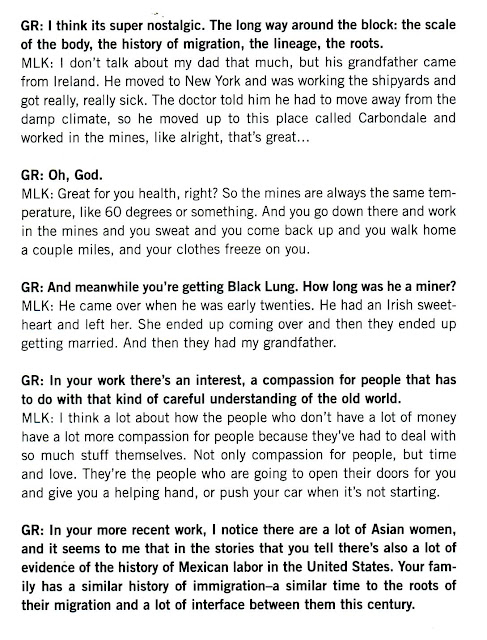













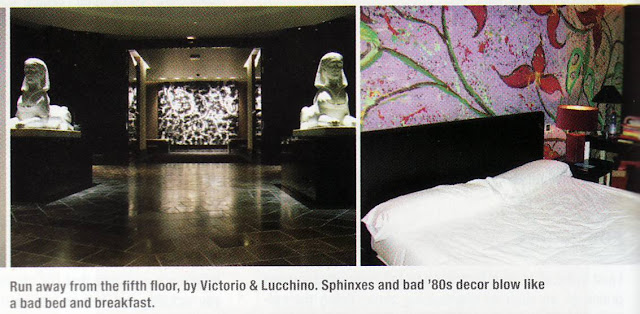


































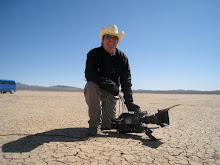


























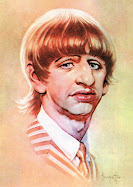






















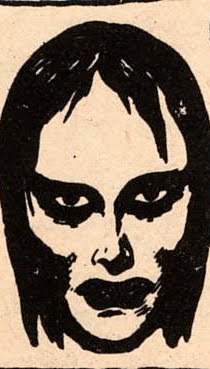









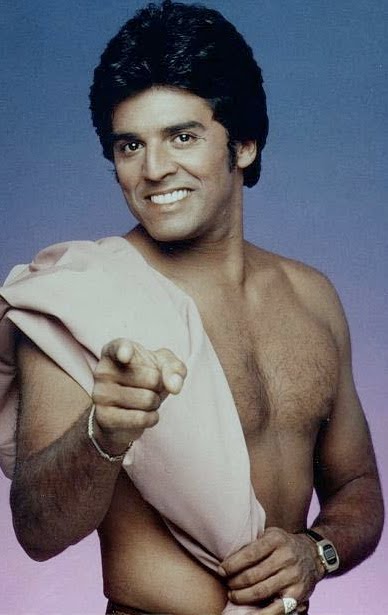









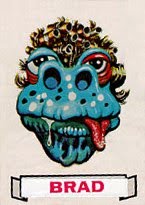























































No comments:
Post a Comment